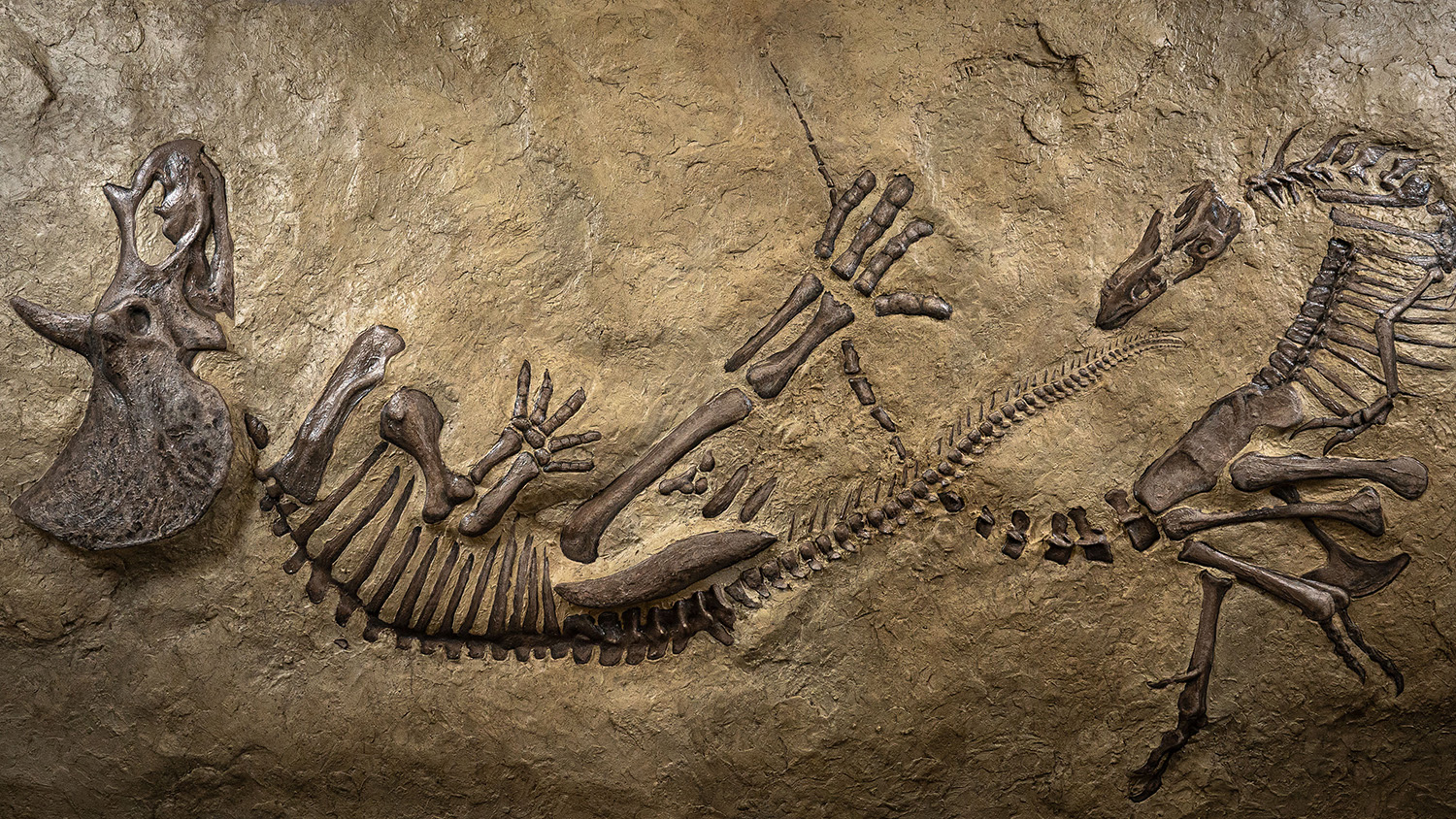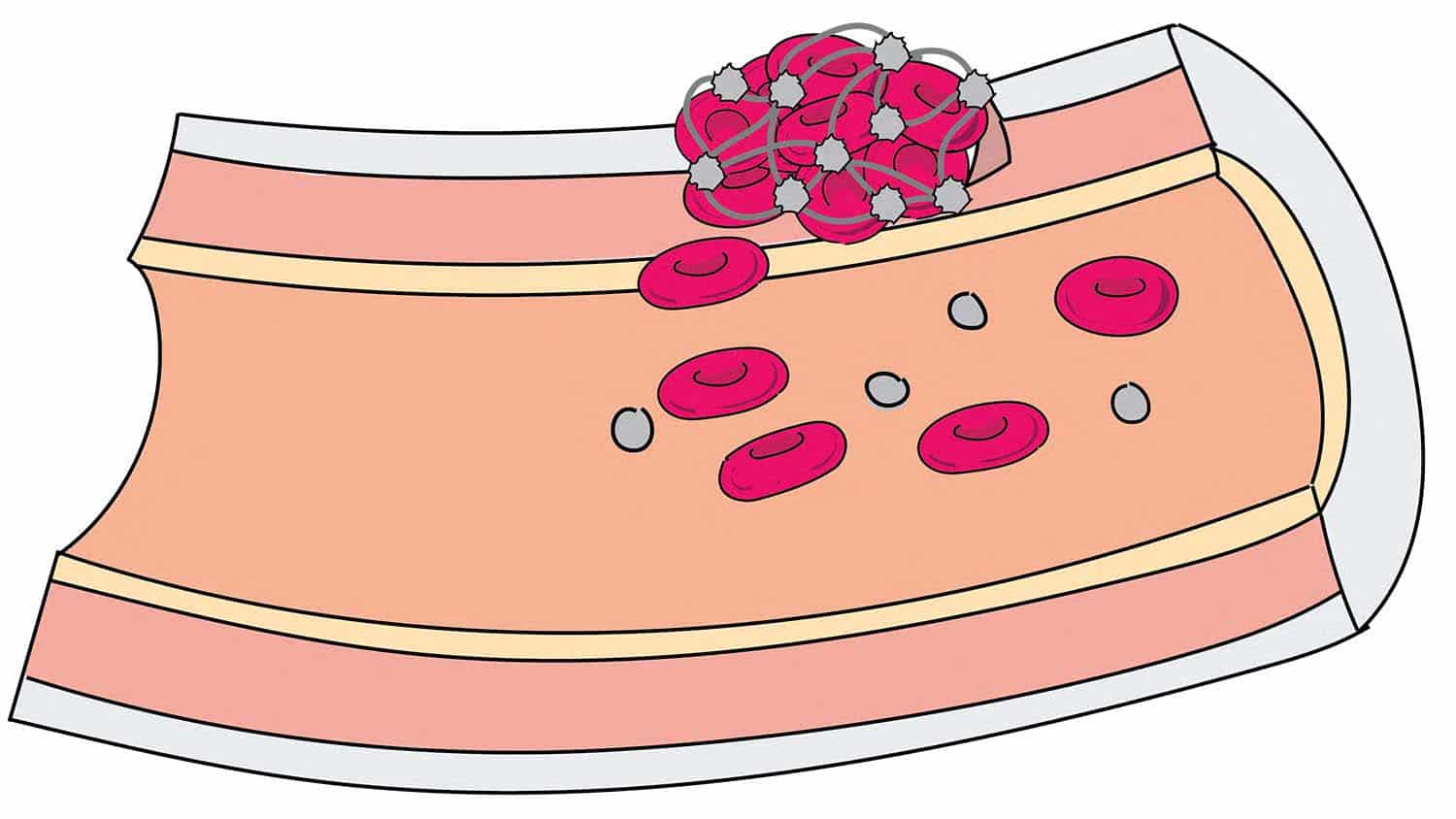New Research Findings Open Door to Zinc-Oxide-based UV Lasers, LED Devices
Researchers from North Carolina State University have solved a long-standing materials science problem, making it possible to create new semiconductor devices using zinc oxide (ZnO) – including efficient ultraviolet (UV) lasers and LED devices for use in sensors and drinking water treatment, as well as new ferromagnetic devices.
“The challenge of using ZnO to make these devices has stumped researchers for a long time, and we’ve developed a solution that uses some very common elements: nitrogen, hydrogen and oxygen,” says Dr. Lew Reynolds, co-author of a paper describing the research and a teaching associate professor of materials science and engineering at NC State. “We’ve shown that it can be done, and how it can be done – and that opens the door to a suite of new UV laser and LED technologies,” says Dr. Judith Reynolds, a research scientist at NC State and lead author of the paper.
To make laser and LED technologies, you need both “n-type” materials and “p-type” materials. N-type materials contain an abundance of free electrons. P-type materials have “holes” that attract those free electrons. But the holes in the p-type materials have a lower energy state, which means that electrons release their excess energy in the form of light as they travel from the n-type material to the p-type material. The shedding of excess energy at the so-called “p-n junction” is what produces light in lasers and LED devices.
Researchers have been interested in using ZnO to create these devices because ZnO produces UV light, and because ZnO can be used to make devices with relatively fewer unwanted defects than other UV emitters– which means the resulting lasers or LEDs would be more energy efficient.
However, researchers had been unable to consistently produce stable p-type materials out of ZnO. Now researchers have solved that problem by introducing a specific “defect complex,” via a unique set of growth and annealing procedures, in the ZnO. The defect complex looks different from a normal ZnO molecule. The zinc atom is missing and a nitrogen atom (attached to a hydrogen atom) substitutes for the oxygen atom. These defect complexes are dispersed throughout the ZnO material and serve as the “holes” that accept the electrons in p-type materials.
Not only does the research illustrate how to create p-type materials from ZnO, but the defect complex allows the ZnO p-n junction to function efficiently – and produce UV light – at room temperature.
The paper, “Shallow acceptor complexes in p-type ZnO, ” is published online in Applied Physics Letters. Lead author of the paper is Dr. Judith Reynolds, a research scientist at NC State. Co-authors include Drs. A. Mohanta and H.O. Everitt of the U.S. Army Aviation & Missile Research, Development & Engineering Center; Dr. John Muth, a professor of electrical and computer engineering at NC State; Dr. John Rowe, a research professor of physics at NC State; and Dr. David Aspnes, Distinguished University Professor of Physics at NC State. The research was supported by the Defense Advanced Research Projects Agency.
-shipman-
Note to Editors: The study abstract follows.
“Shallow acceptor complexes in p-type ZnO”
Authors: J.G. Reynolds, C. L. Reynolds, Jr., J.F. Muth, J.E. Rowe and D.E. Aspnes, North Carolina State University; A. Mohanta and H.O. Everitt, U.S. Army Aviation & Missile Research, Development & Engineering Center
Published: April 19, 2013, Applied Physics Letters
Abstract: We show that N-doped ZnO films grown on sapphire can exhibit significant (~1018 cm–3) room-temperature p-type behavior when sufficient nitrogen (N) is incorporated and the material is annealed appropriately. Substitutional N on the oxygen (O) sublattice is a deep acceptor; however, shallow acceptor complexes involve N, H and zinc vacancies (VZn). Combining secondary ion mass spectrometry, Raman-scattering, photoluminescence, and Hall-effect data, we establish the evolution of N from its initial incorporation on a Zn site to a final shallow acceptor complex VZn_NO_H+ with an ionization energy of ca. 130 meV. This complex is responsible for the observed p-type behavior.
- Categories:


